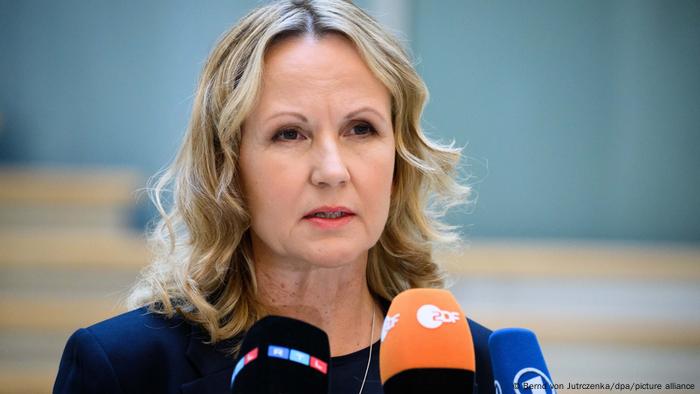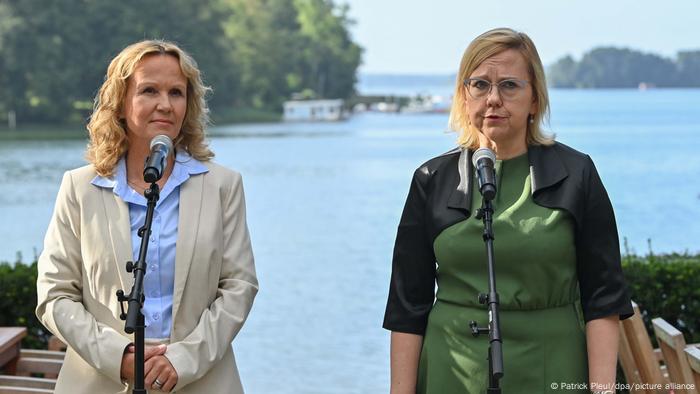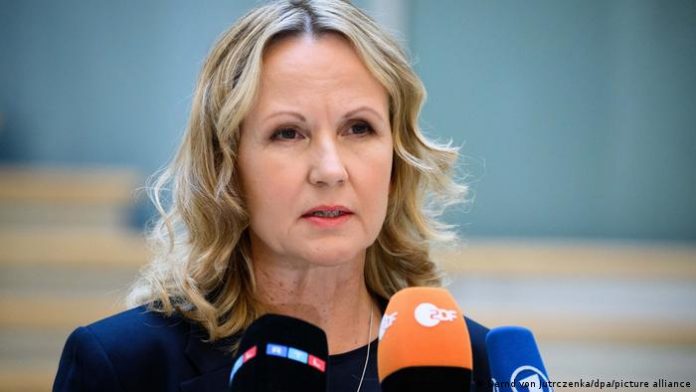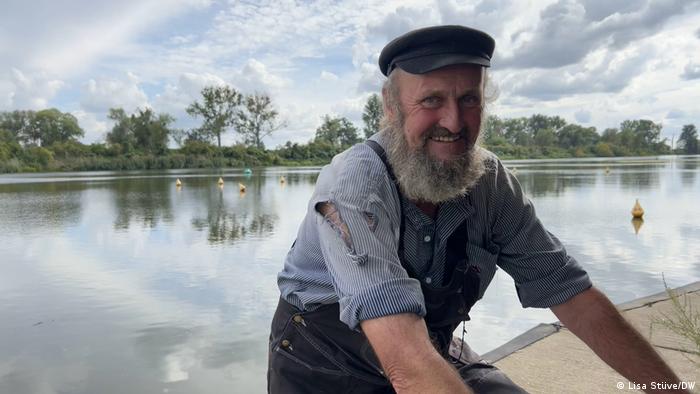The report leaves open the question of who exactly caused the disaster. The researchers of a national expert group led by the Federal Environment Agency presented the results of their analyzes and confirmed the massive spread of a toxic alga as the most likely cause of the environmental disaster.
Where did the high salt concentration come from?
However, which source led to the unusually high salt concentration in the water, which favored the proliferation of the poisonous algae, remains unclear “due to a lack of available information”, it said.

The Oder expansion measures are in question – Environment Minister Steffi Lemke speaks to the Polish side
Polish experts, on the other hand, do not explicitly speak of “salt discharges” and instead emphasize that the river has long been polluted and the low water level in summer has led to a higher concentration of salt. The all-important question of who exactly is responsible for these unusually high amounts of salt in the Oder remains unresolved on both sides. The Polish newspaper “Gazeta Wyborcza” ran the headline: “The Oder has died, there is no one to blame.”
The algae produced a poison
The German Ministry of the Environment emphasized that salt discharged led to the mass proliferation of the brackish water alga Prymnesium parvum. The algae produced a toxic substance that led to the mass death of fish and other organisms such as snails and mussels. However, the exact source of the salts, other elements and chemicals is unclear, the report says. According to the report, the discharged salt is sodium chloride, known as table salt.
It is also unclear how the brackish water algae, which normally occurs in coastal waters, got inland.

Environment Minister Steffi Lemke with her Polish counterpart Anna Moskwa on the Oder (archive photo)
The death of the fish was discovered on August 9 on the German side of the border river. According to government information, Polish authorities had the first indications of this at the end of July. Germany accused Poland of not reporting the events early. The original intention of presenting a joint German-Polish final report on fish kills failed. Instead, two separate analyzes were published.
“Typically from sewage treatment plants”
After analyzing more than 1,200 known substances and elements, the German final report now submitted states that the substances detected “typically came from discharges from industrial or municipal sewage treatment plants”. The report does not give any further details.
In order to prevent future disasters of this kind, the scientists recommend, among other things, further research into the spread of brackish water algae and improving the cross-border warning and reporting system. Existing permits for the discharge of substances into water should also be reviewed.
Federal Environment Minister Steffi Lemke promised help to the affected regions. The priority now is to regenerate the river. Expansion measures on the Oder, as they are being promoted in Poland, stand in the way of “successful regeneration,” said Lemke. She would be in contact with her Polish colleague on this.
Environmental groups called for a stop to the Oder expansion measures. The environmental organization Greenpeace suspects salt discharges from the Polish mining industry as the cause of the deaths and cites analyzes by its own activists.
nob/rb (dpa, afp)












